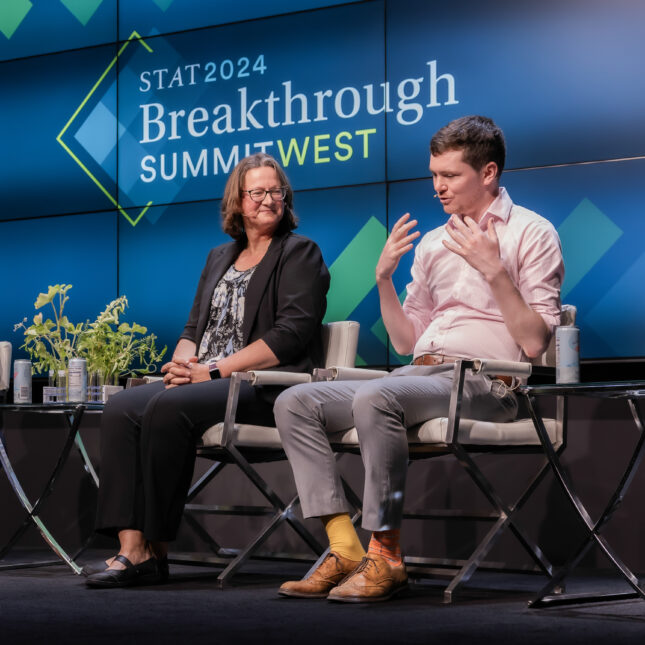
SAN FRANCISCO — According to Elisabeth Bik, a scientific watchdog who has discovered thousands of errors in scientific papers, the problem of fraud, errors, or data mishandling in the scientific literature seems to be getting worse. In the last couple of years, Bik’s been seeing an influx of AI-generated papers in the scientific record that are “nonsensical and clearly low-quality.” The possibility that AI-generated, fraudulent data could be making its way into more established journals is a constant fear.
But institutions and academic journals aren’t doing enough about it, she said Thursday at the STAT Breakthrough Summit West in San Francisco.
While artificial intelligence can be a powerful research tool when used legitimately, it’s also “absolutely frightening to me what AI can generate,” Bik said. “I’m worried this has already infiltrated scientific literature. It’s hard to tell [AI-generated images] apart from real photos. They look so real. I feel publishers are not putting [in] enough effort to deal with it — how do we find the fake photos?”

This article is exclusive to STAT+ subscribers
Unlock this article — plus in-depth analysis, newsletters, premium events, and networking platform access.
Already have an account? Log in
Already have an account? Log in
To submit a correction request, please visit our Contact Us page.











STAT encourages you to share your voice. We welcome your commentary, criticism, and expertise on our subscriber-only platform, STAT+ Connect